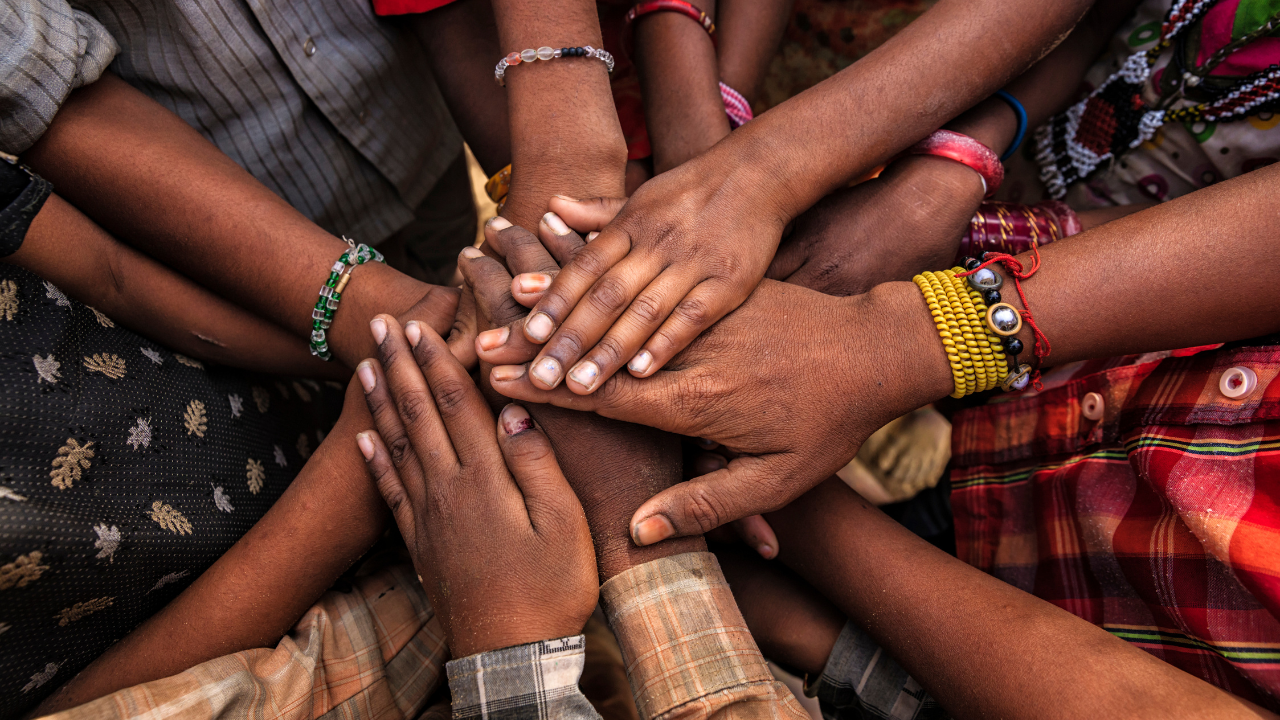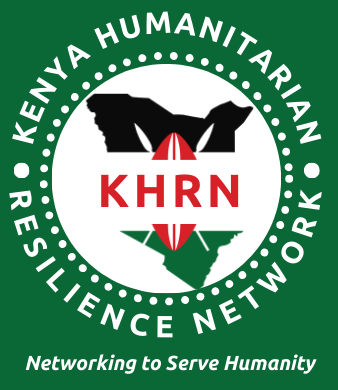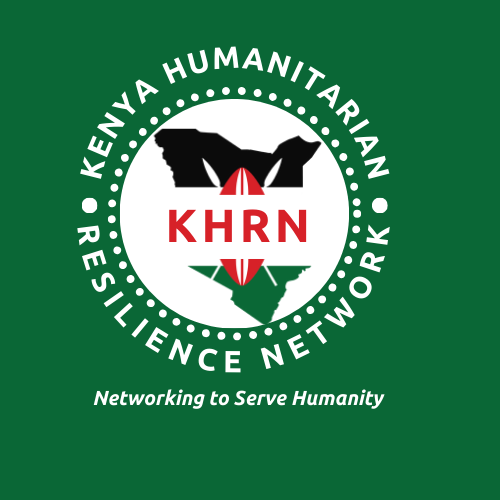OUR STORY
KHRN is a collaborative network for transforming humanitarian and development architecture in Kenya in response to the unending challenges Kenya is facing in both humanitarian and resilience spheres. The network brings together fourteen (14)
pioneering Kenya Local/National Non- Governmental Organizations (LNNGOs). The network embodies a locally driven agenda for change by building partnerships between communities, civil society, and the public and private sectors as well as
through the implementation of integrated and sustainable interventions across the triple nexus of Humanitarian, Peace, and Development.
KHRN embodies a transformative agenda to greatly contribute to shifting of power to local agencies in Kenya. Humanitarian responses deliver periodic short-term relief for the symptoms of crises rather than investments in communities’ self-reliance for the next occurrence of similar climate-related or human-made hazards. By breaking the silos of humanitarian aid, development, and peacebuilding and by creating much- needed spaces for local organizations to lead the way in seeking, scaling, and integrating solutions across these sectors, KHRN proposes local leadership as more than a means of realizing localization commitments.


